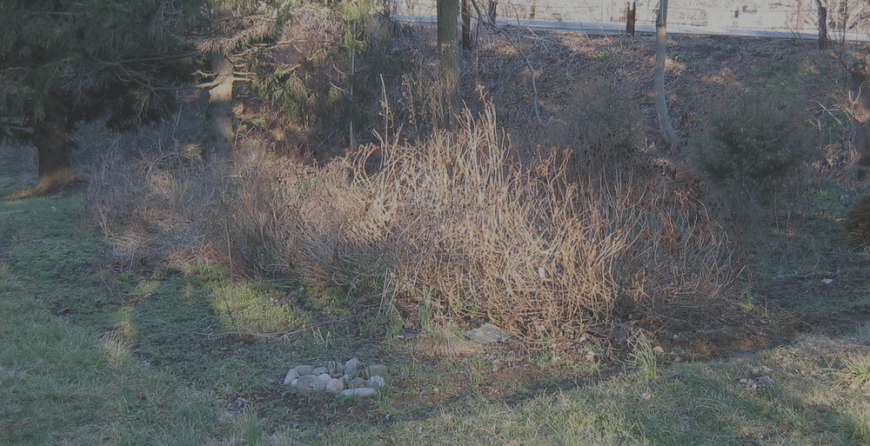 So spring is right around the corner. You’re excited about the warmth, sunshine, and best of all, the delicious fruits, veggies, and herbs from your organic garden! Just like any living thing that needs to exit winter’s dormancy, it’s important to ease your garden into spring. Below are some helpful ways to assist your organic garden with this process.
So spring is right around the corner. You’re excited about the warmth, sunshine, and best of all, the delicious fruits, veggies, and herbs from your organic garden! Just like any living thing that needs to exit winter’s dormancy, it’s important to ease your garden into spring. Below are some helpful ways to assist your organic garden with this process.
- Prepare your compost. Organic compost that’s rich in nutrients is excellent food for your garden. Since compost does take some time to set up, we do recommend you start now. To start your own compost bin you’ll need: yard and kitchen waste, air, and water. Once you’ve gathered your ingredients, place your compost in a pile or bin. Fortunately, there are several types of compost bins on the market, so you’ll have plenty to choose from. You can also opt to make your own compost bin.
If you choose to create your own compost pile, you should do so in a space that’s approximately three by three feet. Start by laying down a thick layer of the dry kitchen waste (fruit rings, veggie scraps, no meat!. Then add a thin layer of garden soil and cover with a second layer of brown material. Moisten the pile but don’t soak it. Repeat this process until your pile is three feet tall at a minimum.
In order to activate your compost pile, be sure to turn it at least once every other week. Move the material at the center outward and the outermost section inward towards the center. Again, keep the pile damp but not soaked or soggy.
- Start your seeds inside. Before taking your new plants outside, any organic gardener worth their salt will tell you to start your seedlings inside before transplanting them to the garden. Seeds need proper temperature, moisture, and light when they’re first starting, making indoors an ideal location to germinate. This process is pretty quick and easy. You’ll need seeds, an organic seed-starting mix, and containers. You can find trays made for indoor planting at your local garden center or hardware store, or you can make them yourself using recycled paper or plastic cups.
Before prepping the containers, ensure they’re sterilized. A solution of 1 part bleach to 9 parts water is ideal for killing off any unwanted bacteria. Make sure your containers have drainage holes to allow excess water to escape – you’ll also want a shallow tray to store them in.
- Sow your seeds. Now that you’ve prepped the containers, start sowing your seeds. Dampen the soil before placing it into the cups. Then push your seeds down about half an inch. Once you’ve made sure the seeds are completely covered, start a watering schedule so the soil never dries. Keep your seeds warm throughout the germination process by storing the containers on top of the radiator, refrigerator, or on a special heating mat made for starting seeds.
- Take note of your garden tools. Before you head out to the garden, it’s advisable that you take inventory of your gardening tools. Be sure you have the following: wheelbarrow, shovel, rake, garden hoe, trowel, cultivator, transplanter, pruning shears, tomato cages, kneelers, and garden gloves.
- Prep your garden beds. Get your in-ground or raised garden beds in place before spring starts as this will make transplanting easier. You can use new raised beds, in-ground areas, existing raised beds, or existing in-ground spaces.
- Choose your location wisely. If you don’t have a pre-determined area for your garden, remember that location is crucial when placing your garden. If you have a wide selection of veggies, ensure they’re placed in a location that receives plenty of sunlight throughout the day.


